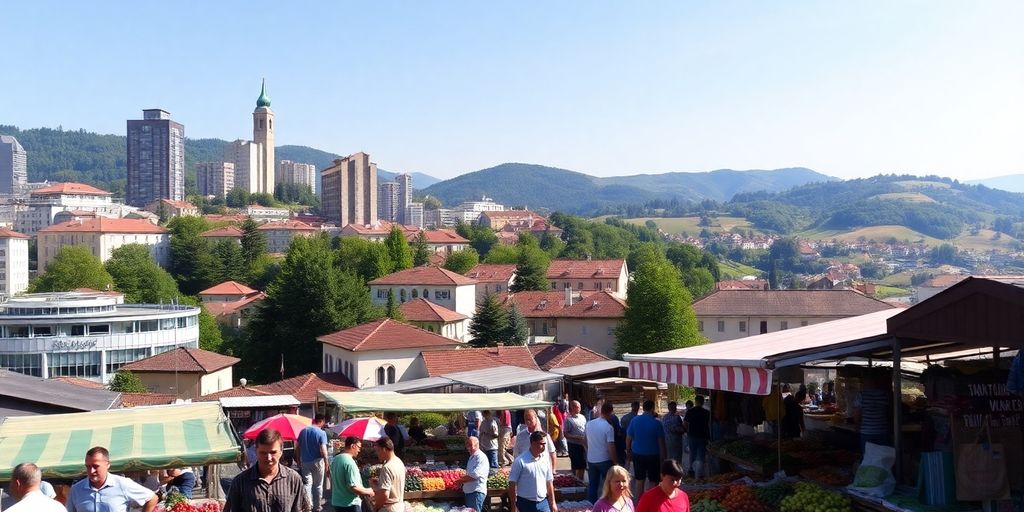Slovenia is facing a significant trade gap of €7.6 billion for 2024, raising concerns about its economic stability. However, projections indicate a positive growth trajectory, with an expected increase to 2.5% in 2025-2026, suggesting resilience in the face of challenges.
Key Takeaways
- Slovenia’s trade gap for 2024 is projected at €7.6 billion.
- Economic growth is expected to rebound to 2.5% in 2025-2026.
- The trade deficit highlights ongoing challenges in balancing imports and exports.
Slovenia’s Trade Gap
The projected trade gap of €7.6 billion for 2024 reflects a growing disparity between imports and exports. This figure indicates that Slovenia is importing significantly more than it is exporting, which could have implications for its overall economic health.
Factors contributing to this trade gap include:
- Increased demand for foreign goods.
- A strong euro making imports cheaper.
- Challenges in boosting domestic production to meet demand.
Economic Growth Projections
Despite the trade deficit, Slovenia’s economy is expected to show signs of recovery. According to Allianz Trade, the growth rate is anticipated to rise to 2.5% in the years 2025-2026. This growth is attributed to several factors:
- Increased Investment: A rise in both domestic and foreign investments is expected to stimulate economic activity.
- Export Growth: Efforts to enhance the competitiveness of Slovenian products in international markets may help reduce the trade gap over time.
- Government Initiatives: Policies aimed at supporting local industries and innovation are likely to contribute to economic resilience.
Challenges Ahead
While the growth projections are optimistic, Slovenia faces several challenges that could impact its economic outlook:
- Inflationary Pressures: Rising costs of goods and services may affect consumer spending and overall economic growth.
- Global Economic Conditions: Slovenia’s economy is closely tied to the European market, and any downturns could adversely affect its growth.
- Trade Relations: Maintaining and improving trade relations with key partners will be crucial in addressing the trade gap.
Conclusion
Slovenia’s economic landscape is marked by a significant trade gap, yet the forecasted growth presents a silver lining. As the country navigates these challenges, strategic investments and government policies will play a vital role in shaping its economic future. The coming years will be critical in determining whether Slovenia can balance its trade and achieve sustainable growth.






